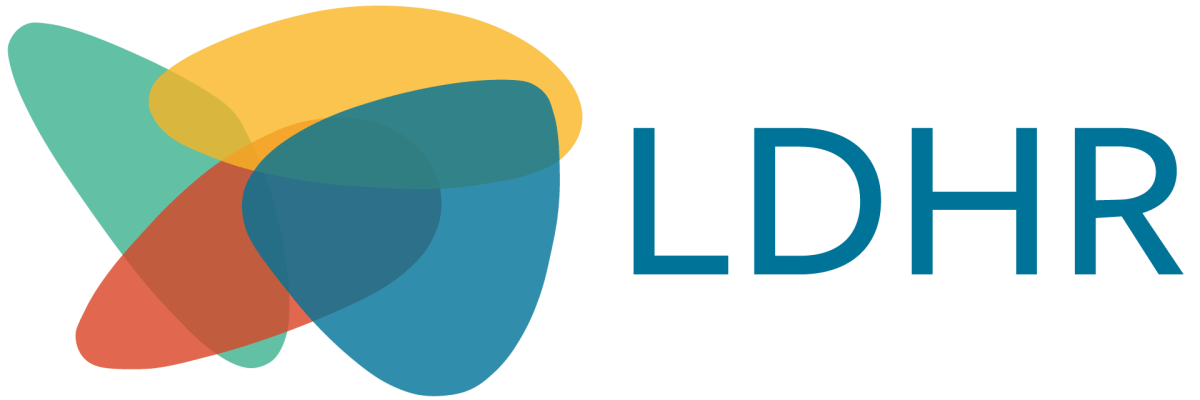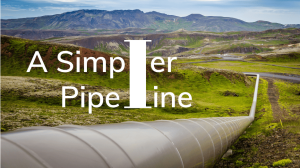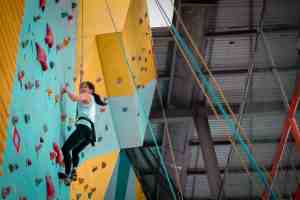For several years, we have been helping leaders implement a Leadership Pipeline Process (LPP) in their countries. An effective Leadership Pipeline Process guides a leadership team through these three steps: 1) IDENTIFY leadership needs (current and future), 2) ASSESS the readiness of potential leaders, and 3) DEVELOP the leaders for those future roles.
The process focuses on the quantity and quality of leaders, the number of leaders needed for specific roles, and the non-negotiable skills and mindsets required for each role.
The new Mindset and Skill Shifts resource is designed to help you prepare potential leaders for the roles.
Keith Beyar, leader of Leadership Development & Human Resources (LDHR) for Cru Central & Eastern Europe (CEE), has been using the new Mindsets and Skills Shifts tool. He writes:
We have been focused on how to "feed" the LPP with practical ideas of appropriate development steps and resources to aid those steps. We use the Competency Assessment part of the LPP to identify areas of leadership that need development as a starting point. Then the Mindset and Skill Shifts document helps our team imagine the future, developed leader, and it identifies the development needs in light of a particular role. Since most LPP’s are focused on new national leaders, the 2nd page of the document, 'Local —> National,' is most useful. However, we see HUGE value in the resources on the ‘Field —> Local’ 1st page to benefit future national leaders, too.
Keith recommends that leaders contextualize the tool when necessary. For example, some of the resources listed on the document were not helpful options for CEE staff, so they added a couple of things that they have used in their area, both country-specific and all-Area sponsored resources. Some things they included from the CEE context:
- materials from their ELP (ELI) program
- Focused study on the Leadership Framework
- Material emphasizing the desired Organizational Culture
- Suggested organizational trainings (BPMT, New National Team Leader Training)
Keith adds:
Finally, in addition to the development steps, we will offer the Key Development Assignment (KDA) ideas document to give a wider list of creative possible assignments to be sure that development happens in the context of their current ministry environment (National level ministry, most likely).

This is an excellent time to consider ways to grow for the future. Check out the Mindsets and Skill Shifts document for your personal leadership development and for those who are on your team.
Let us know what you think!
What are your best practices for developing your leadership pipeline and preparing leaders for new roles?









“Mindset and Skill Shifts for New Levels of Leadership”의 4개의 댓글
We are going to try this doc in our next LPP conversation. We were going to use the ‘Leadership Turns’ chart, but this one is more linked to LF, which helps our leaders identify and associate their theoretical understanding of Cru’s LD to our real practice. We appreciate the specific wordings related to the Heart and Relationships – ‘share authentic self with the team, invites feedback, vital growing spiritual life that is lived out in community with vulnerability and transparency, ‘connecting deeply’.
Thank you so much for these resources! Very helpful.
So glad to hear! Thanks for letting us know. We’d love to hear how it works in your LPP conversation.
This is very timely and salient personally and as a team leader. Thanks for highlighting this tool.
This is really helpful, Terry. And thanks for sharing your experience, Keith!